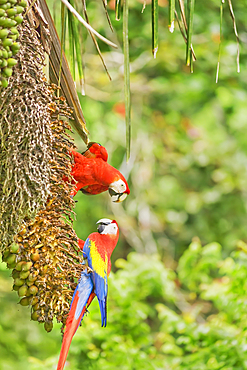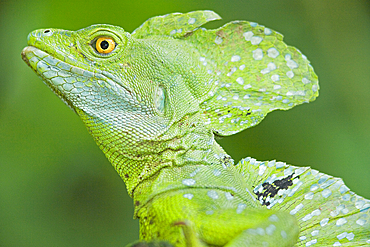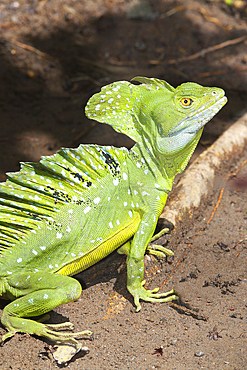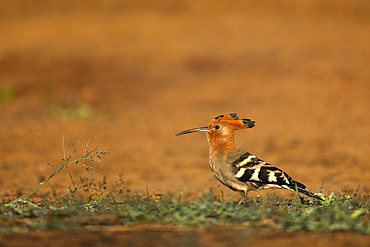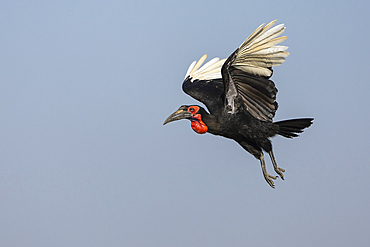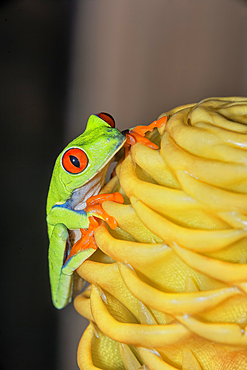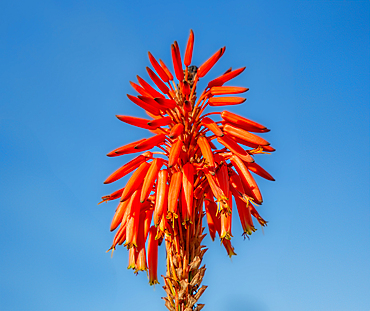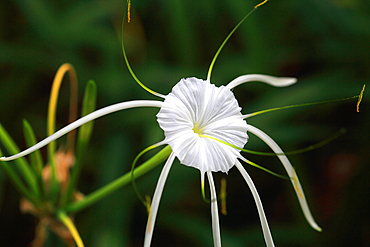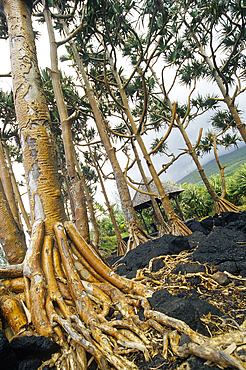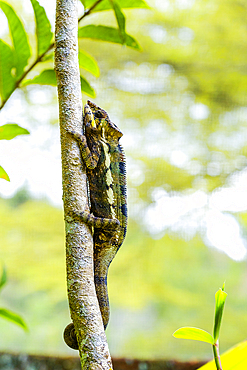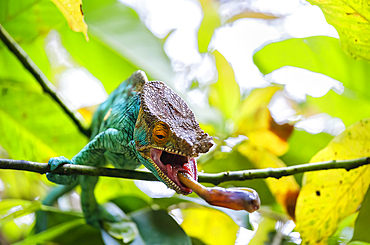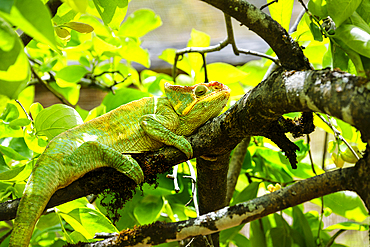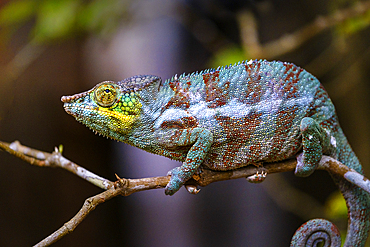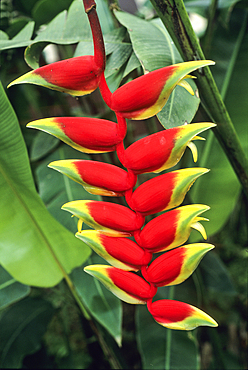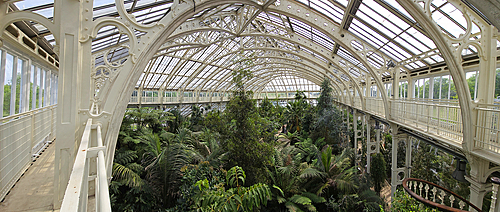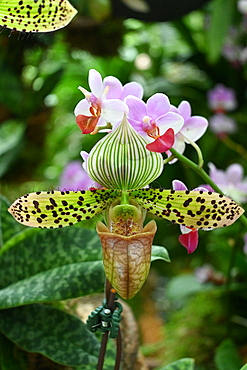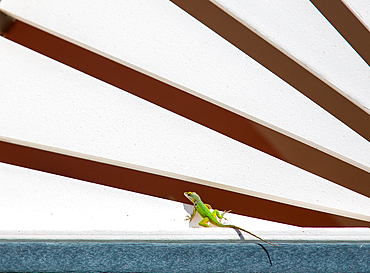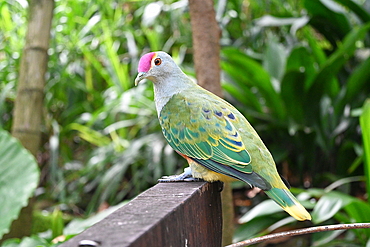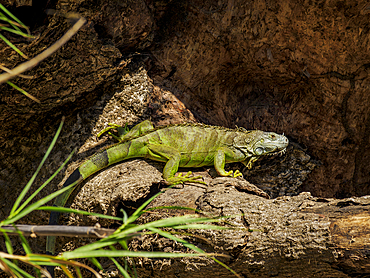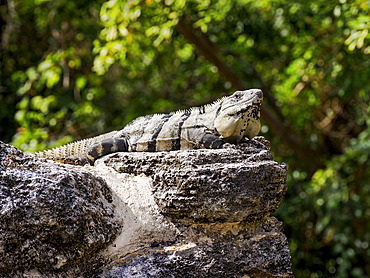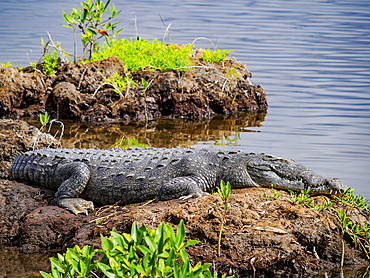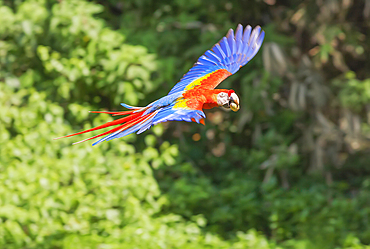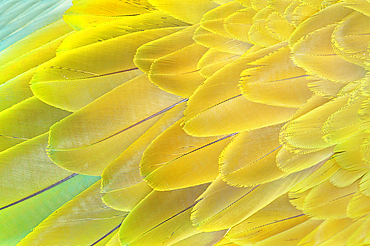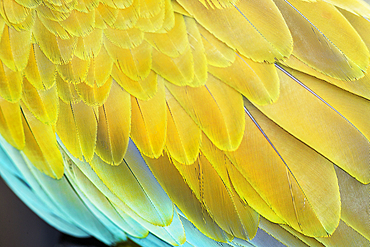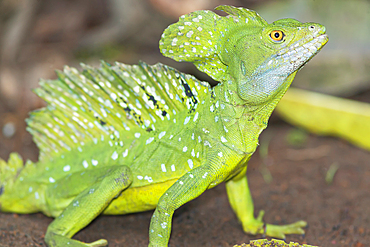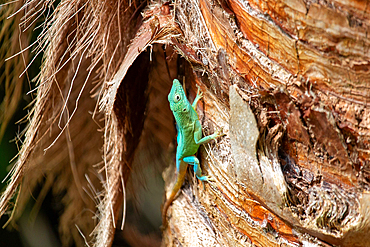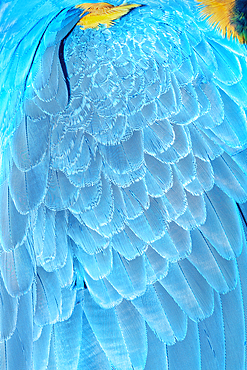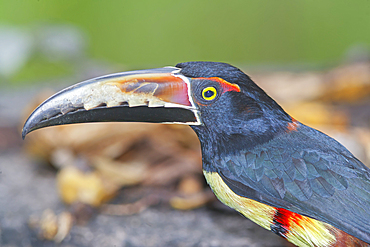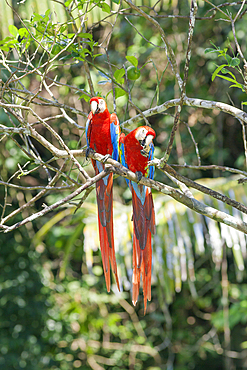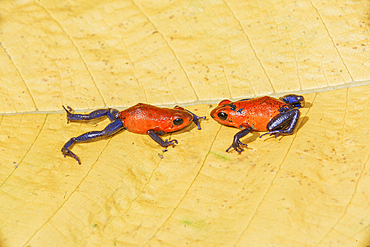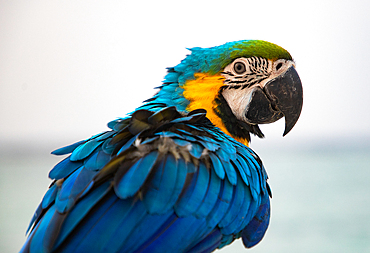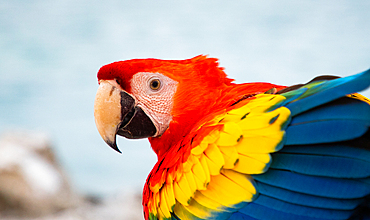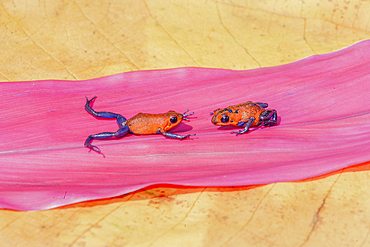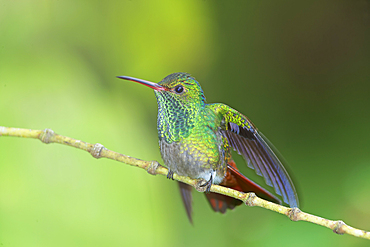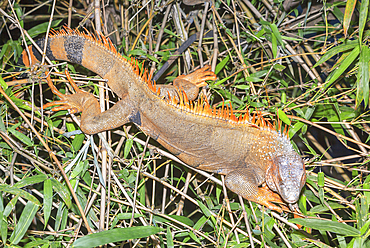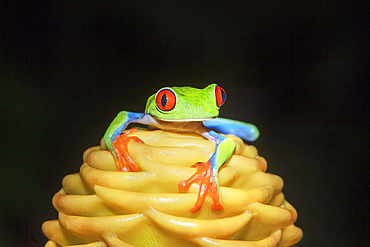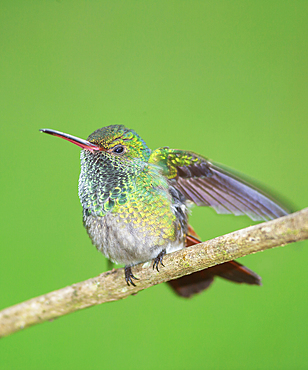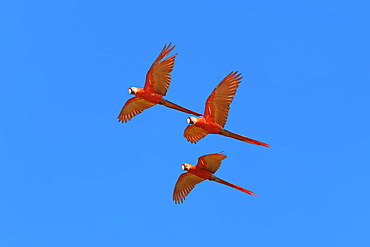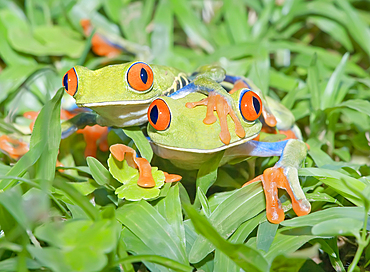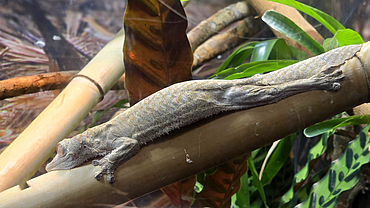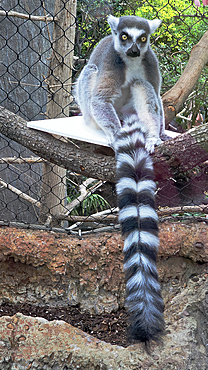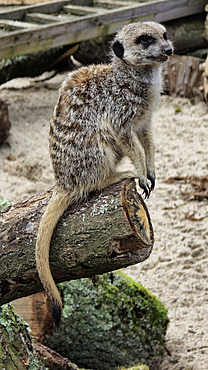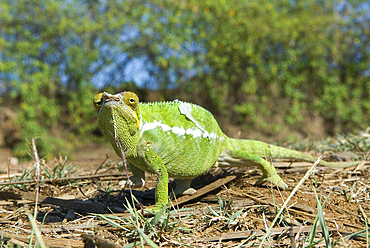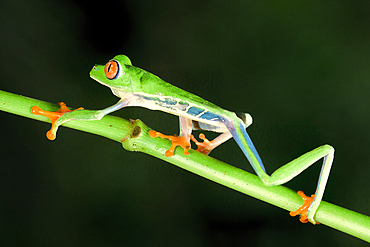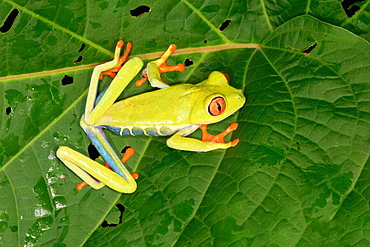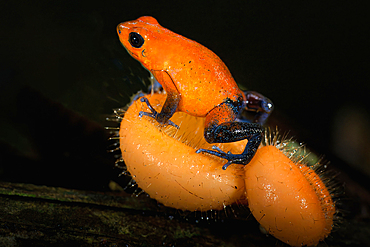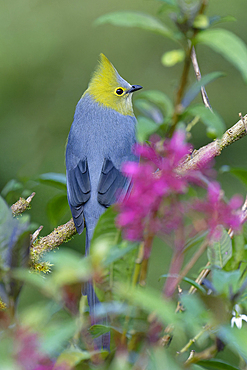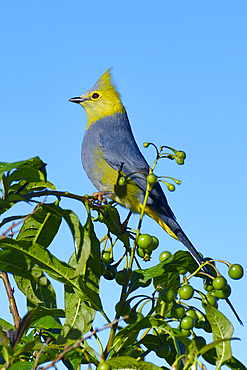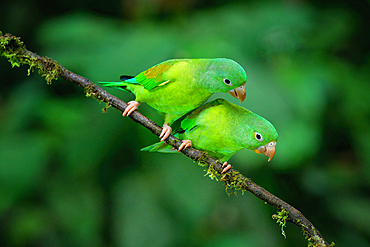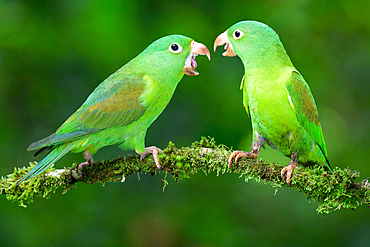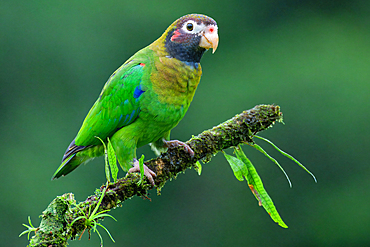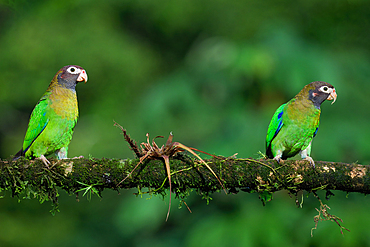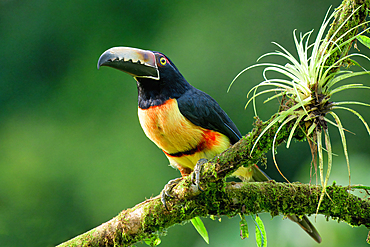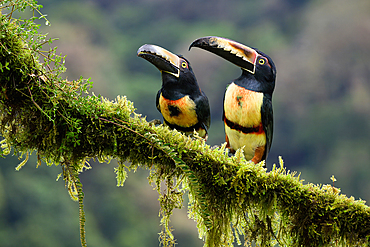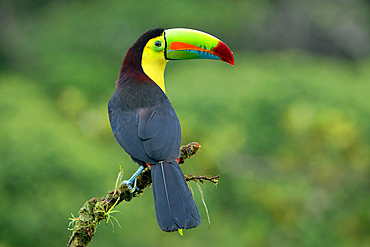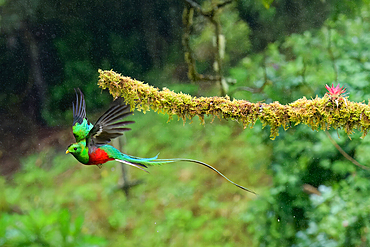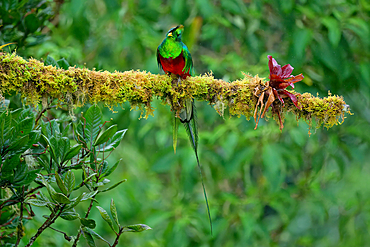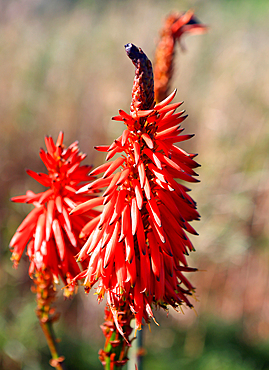Results
1 2 Next »
134 results found
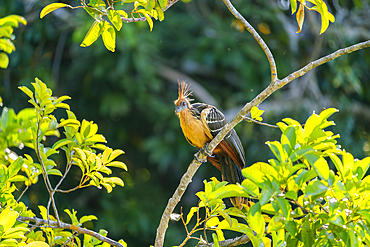
Hoatzin (Ophisthocomus hoazin) perching on branch by Lake Sandoval, Tambopata National Reserve, Puerto Maldonado, Madre de Dios, Peru, South America

Wild Galapagos giant tortoise (Geochelone elephantopus) feeding on the upslope grasslands of Santa Cruz Island, Galapagos, UNESCO World Heritage Site, Ecuador, South America
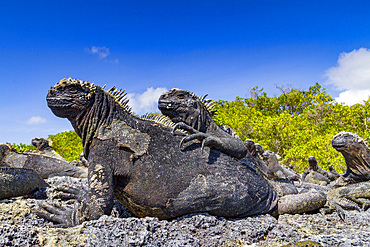
The endemic Galapagos marine iguana (Amblyrhynchus cristatus) in the Galapagos Island Archipelago, UNESCO World Heritage Site, Ecuador, South America
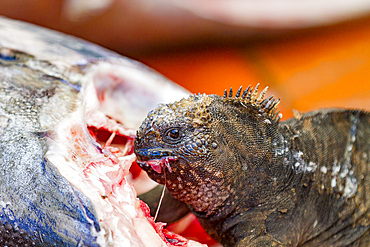
The endemic Galapagos marine iguana (Amblyrhynchus cristatus) feeding on fish at the Puerto Ayora fish market, Santa Cruz Island, Galapagos, UNESCO World Heritage Site, Ecuador, South America
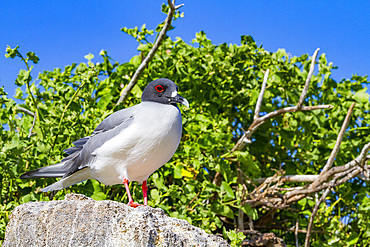
Adult Swallow-tailed gull (Creagrus furcatus) in the Galapagos Island Archipelago, UNESCO World Heritage Site, Ecuador, South America
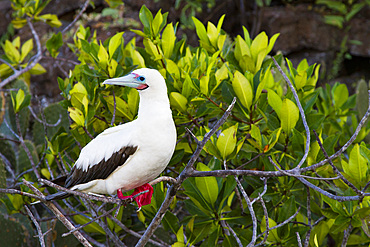
Adult red-footed booby (Sula sula) in the Galapagos Island Archipelago, UNESCO World Heritage Site, Ecuador, South America
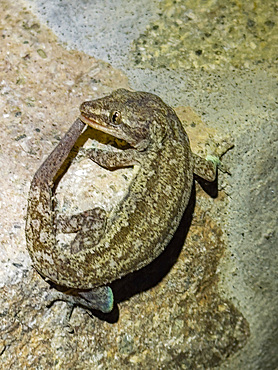
Adult mourning gecko (Lepidodactylus lugubris), at night on the Volivoli Resort grounds on Viti Levu, Fiji, South Pacific, Pacific
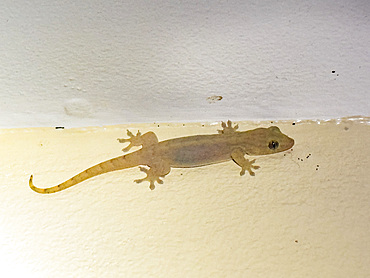
Adult voracious gecko (Gehyra vorax), at night on the Volivoli Resort grounds on Viti Levu, Fiji, South Pacific, Pacific
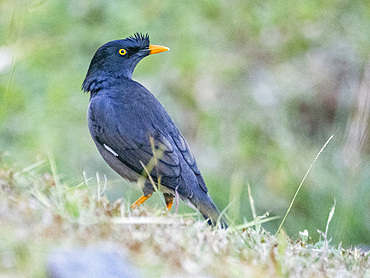
Jungle myna (Acridotheres fuscus), looking for water at the Volivoli Resort grounds on Viti Levu, Fiji, South Pacific, Pacific
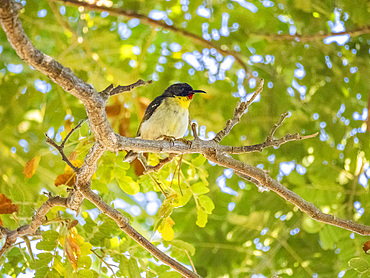
Orange-breasted myzomela (Myzomela jugularis), looking for insects at the Volivoli Resort grounds on Viti Levu, Fiji, South Pacific, Pacific
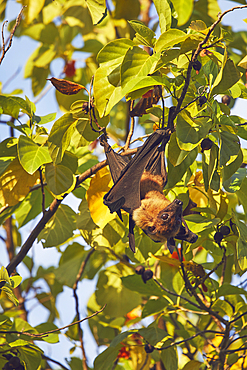
An Indian Flying Fox (Pteropus medius) feeding in a tree on Havodda Island, Gaafu Dhaalu atoll, Maldives
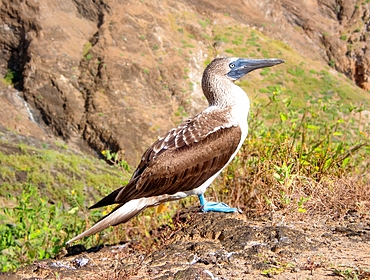
Blue Footed Booby (Sula nebouxii), a marine bird found in the Eastern Pacific whose unusual blue feet feature in courtship rituals, Galapagos, UNESCO World Heritage Site, Ecuador, South America

Galapagos Giant Tortoise (Chelonoidis chathamensis), can live for over 100 years, on San Cristobal island, Galapagos, UNESCO World Heritage Site, Ecuador, South America
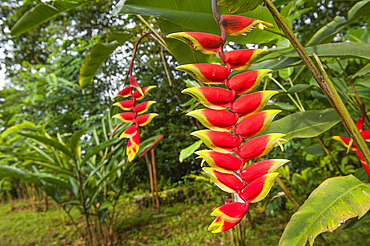
Heliconia Rostrata inflorescence, Obo Natural Park, Sao Tome Island, Republic of Sao Tome and Principe, Africa
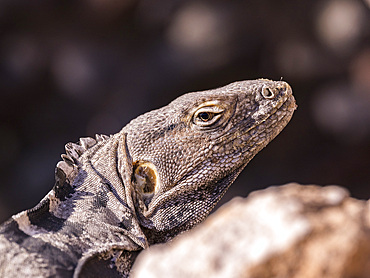
Adult San Esteban spiny-tailed iguana (Ctenosaura conspicuosa), endemic to Isla San Esteban, Baja California, Mexico, North America

Fruit of Myristica fragrans tree containing a brown seed, nutmeg, covered by a red aril, source of spice too, called mace, Kumily, Kerala state, South India, Asia
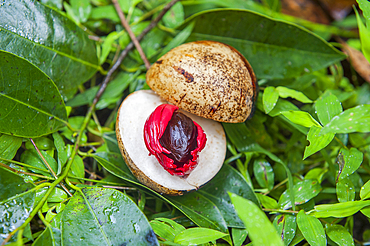
Fruit of Myristica fragrans tree containing a brown seed, nutmeg, covered by a red aril, source of spice too, called mace, Kumily, Kerala state, South India, Asia
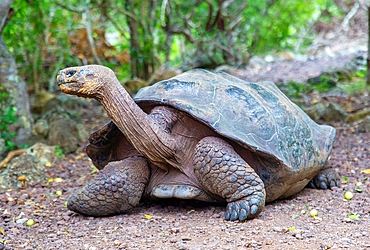
Galapagos Giant Tortoise (Chelonoidis chathamensis), can live for over 100 years, San Cristobal island, Galapagos, UNESCO World Heritage Site, Ecuador, South America
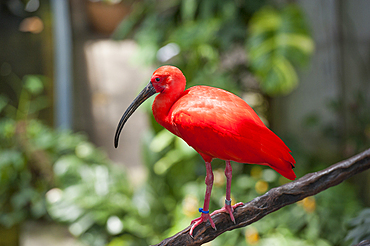
Scarlet ibis inside the Rainforest Pyramid, Moody Gardens, Galveston island, Gulf of Mexico, Texas, United States of America
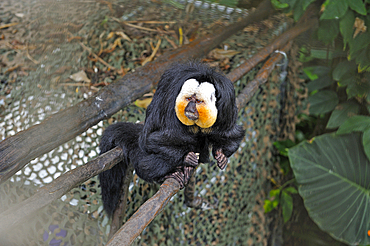
White-faced saki (Pithecia pithecia), Rainforest Pyramid, Moody Gardens, Galveston island, Gulf of Mexico, Texas, United States of America
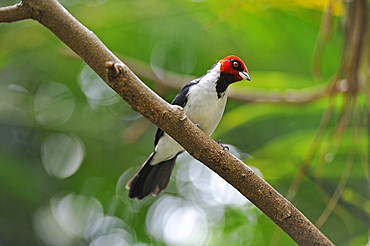
Red-capped cardinal (Paroaria gularis) in the Rainforest Pyramid, Moody Gardens, Galveston island, Gulf of Mexico, Texas, United States of America
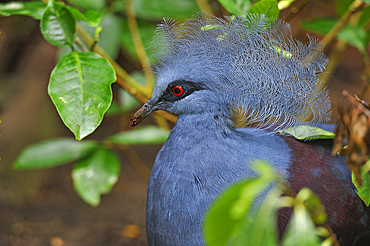
Victoria crowned pigeon (Goura victoria), Rainforest Pyramid, Moody Gardens, Galveston island, Gulf of Mexico, Texas, United States of America
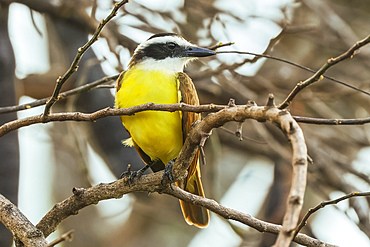
Great kiskadee (Pitangus sulphuratus) a large colorful tyrant flycatcher, common in the Pacific North, Esperanza, Nosara, Guanacaste, Costa Rica
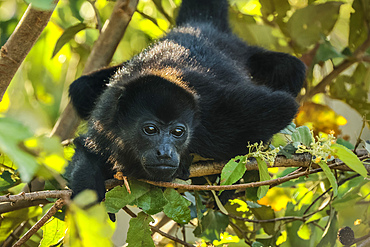
Juvenile mantled howler monkey (Alouatta palliata) in Pacific coast forest, known for their loud call, Esperanza, Nosara, Guanacaste, Costa Rica
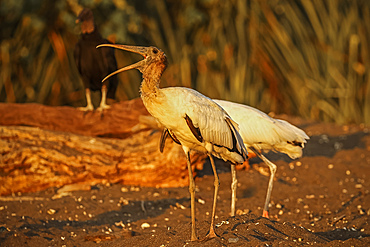
Wood storks (Mycteria americana) big wading bird of the south Americas, scavenging on black sand turtle beach, Ostional, Guanacaste, Costa Rica

Grey Heron (Maakana) on the shoreline of the lagoon on an exotic Island in The Maldives, Indian Ocean
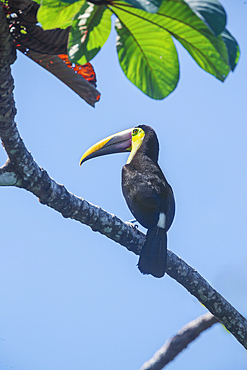
Chestnut-mandibled Toucan (Ramphastos swainsonii) perching on a tree, Corcovado National Park, Osa Peninsula, Costa Rica

Boa, Acrantophis madagascariensis, Strict Nature Reserve of Lokobe, National Park, Nosy Be island, Republic of Madagascar, Indian Ocean
